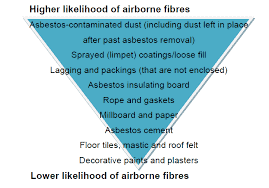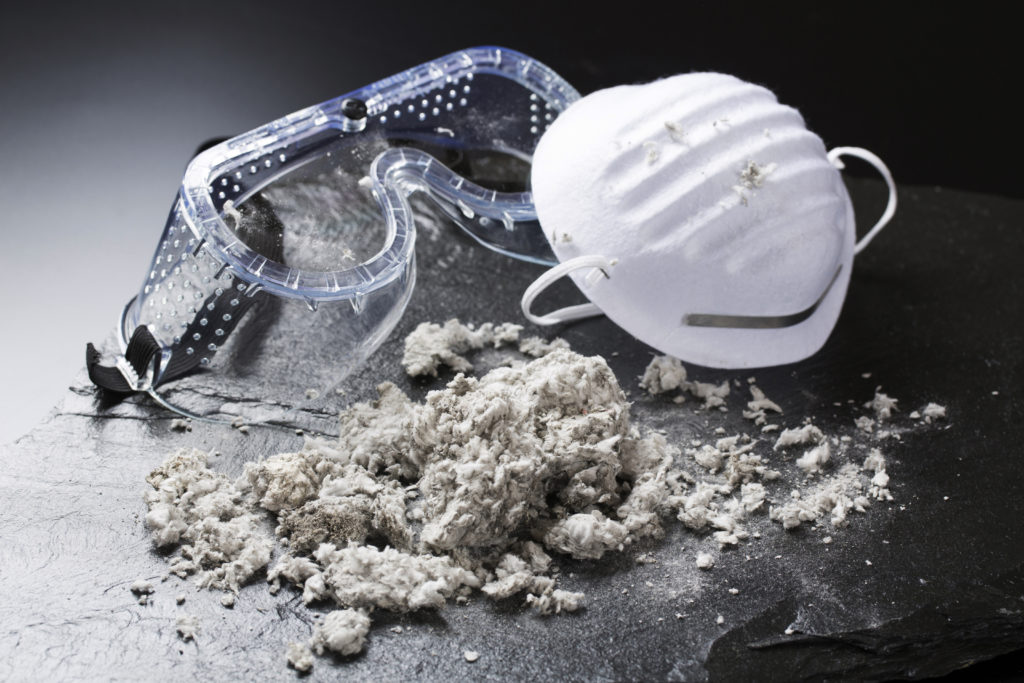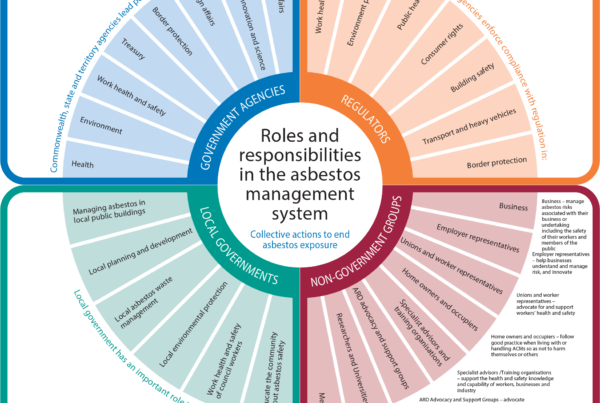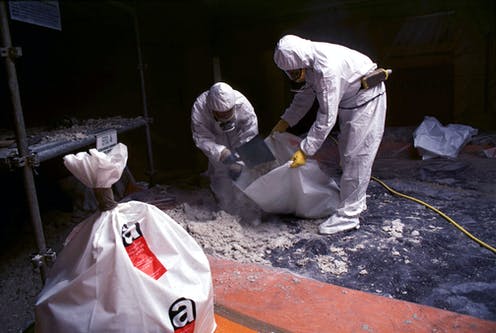Asbestos is also known as the “miracle mineral”. On the contrary, it is also called a “silent killer”. It was a well-known material that was used in the construction field and other industrial sectors in Australia, particularly in Brisbane. Asbestos was used commercially until the year 1990 when legislation prohibited the production and sale of this toxic material due to the health risks that come along with it. In the year 2003, all states in Australia have prohibited the use, sale, storage, and import of asbestos.
Asbestos can be found in our homes, school, workplace, and other structure. Some of the product that contains asbestos are cement sheeting, wall and ceiling sheeting, roofing, flexible building boards, drain and flue pipes, and other material that is used for insulation. Although asbestos has many uses, being exposed to asbestos fibres is very toxic and can cause fatal health risks such as lung cancer, asbestosis, mesothelioma, ovarian cancer, pulmonary fibrosis, and other asbestos-related diseases.

Australia has recorded the death of more than 10,000 people due to mesothelioma since the year 1980s. It was predicted by Mesothelioma Centre that asbestos-related death will reach an estimated 25,000 deaths over the next four decades. These recorded high numbers of deaths are proof of the level of toxicity that asbestos has. It is important to have an asbestos management plan to identify and regulate asbestos-containing material to prevent exposure from it and endangering our lives and our community.
What is an Asbestos Management Plan?
The objective of having an asbestos management plan is to determine whether there is existing asbestos-containing material in a building or other various structures and to provide solutions to people on regulating asbestos fibres to prohibit it from going airborne and exposing workers and site guests. It is necessary to be performed to let the Person Conducting Business (PCBU) create an asbestos management plan in a workplace that is readily available to workers. By doing so, PCBU will be available to do the necessary steps to prevent exposure to asbestos-containing material by labelling and recording asbestos in a register and let everyone know where asbestos is present on the site and providing suitable control measures to ward off the health risk of being exposed to asbestos.

Roles and Responsibilities of Asbestos Management Plan Brisbane
The person in charge of performing asbestos management is responsible to have an updated plan on the registered site and abiding by the control of asbestos regulations. Listed below is the required information for management documents to perform Asbestos Testing Audit in Brisbane, or anywhere else in Australia.
- Name of the person who tested and identified asbestos-containing material.
- Name of the person who will accomplish the corresponding task.
- Timeline for conducting and finalisation of the task.
- Location and state of the asbestos present in the site.
- Indication whether the asbestos sample is bonded or friable.
- Provide all documents, certificates, and all proof associated with asbestos management and removal.
- Training arrangements for people involved and will visit the site.
- Monitoring arrangement while testing and regulating asbestos.
- Provide prepared disposal plans.
- Provide PPE for people handling asbestos.
For safe asbestos management, all sites that were built before 1989 are required by law to perform Asbestos Testing. If asbestos was identified and present in the area, it is legally required to acquire Asbestos Management Plan. Asbestos Audit will not be necessary if the site was built December 2003, onward and if there is not suspected asbestos-containing material present. The laws that are confined with testing, removal, and disposal of asbestos are very uncompromising but also reasonable to prevent asbestos exposure.

If a site is registered for asbestos, it is necessary to check at least once every five years to guarantee that the asbestos management plan is updated. To review the asbestos register, the duty holder must perform a visual inspection of asbestos, determine the state of the listed asbestos-containing material, and revise the asbestos register if needed. When changes take place while performing management and removal asbestos register should be revised to keep up to date the necessary details. Record the following in a case:
- There are changes to the state of an asbestos product like being disfigured.
- Provide the details of the asbestos product that has been detached or secured.
- List and details of new asbestos-containing material that have been identified.
Asbestos Management Plan in Commercial Premises Brisbane
In compliance with the control of asbestos regulations 2012, all commercial premises that were constructed before the year 2000 are required to test for asbestos-containing material. An Asbestos Management Plan is needed if asbestos-containing material is found in the commercial premises. It applies to all non-domestic buildings such as hospitals, offices, shops, factories, warehouses, and other related structures.
Example of commercial asbestos management plan.
Asbestos Management Plan in Brisbane Schools
The same rules as commercial premises are also applied to schools that were constructed before the year 2000, for asbestos-containing material might be present in the area. The only difference with schools is the people who will be responsible, either the local authority or for privately owned schools the appointed duty holder. The school authority must maintain and keep up to date the Asbestos Management Plan and further understand the details to provide properly allocated maintenance budgets.
Asbestos Management Plan in Residential Properties Brisbane
It is rarely required for domestic premises to acquire an asbestos management plan. However, in some cases, some areas are classified as domestic but require to be tested for asbestos. Places such as common areas for access, block of flats, a house converted into flats, tied cottage, care home, flats over a shop or office, farm, garage, hotel, sheltered accommodation, storage room will be categorised as non-domestic premises.
If you suspect that there is asbestos-containing material on your home, workspace, or other sites you have visited, immediately contact professionals to prevent the further spread of asbestos fibres into the air. Having an Asbestos Management Plan can prevent, control and help in removing asbestos-containing material to avoid asbestos exposure that can harm our health by developing asbestos-related diseases that can lead to death in the long run.
For all of your Asbestos needs visit ASBESTOFF Asbestos and hazardous waste management.





